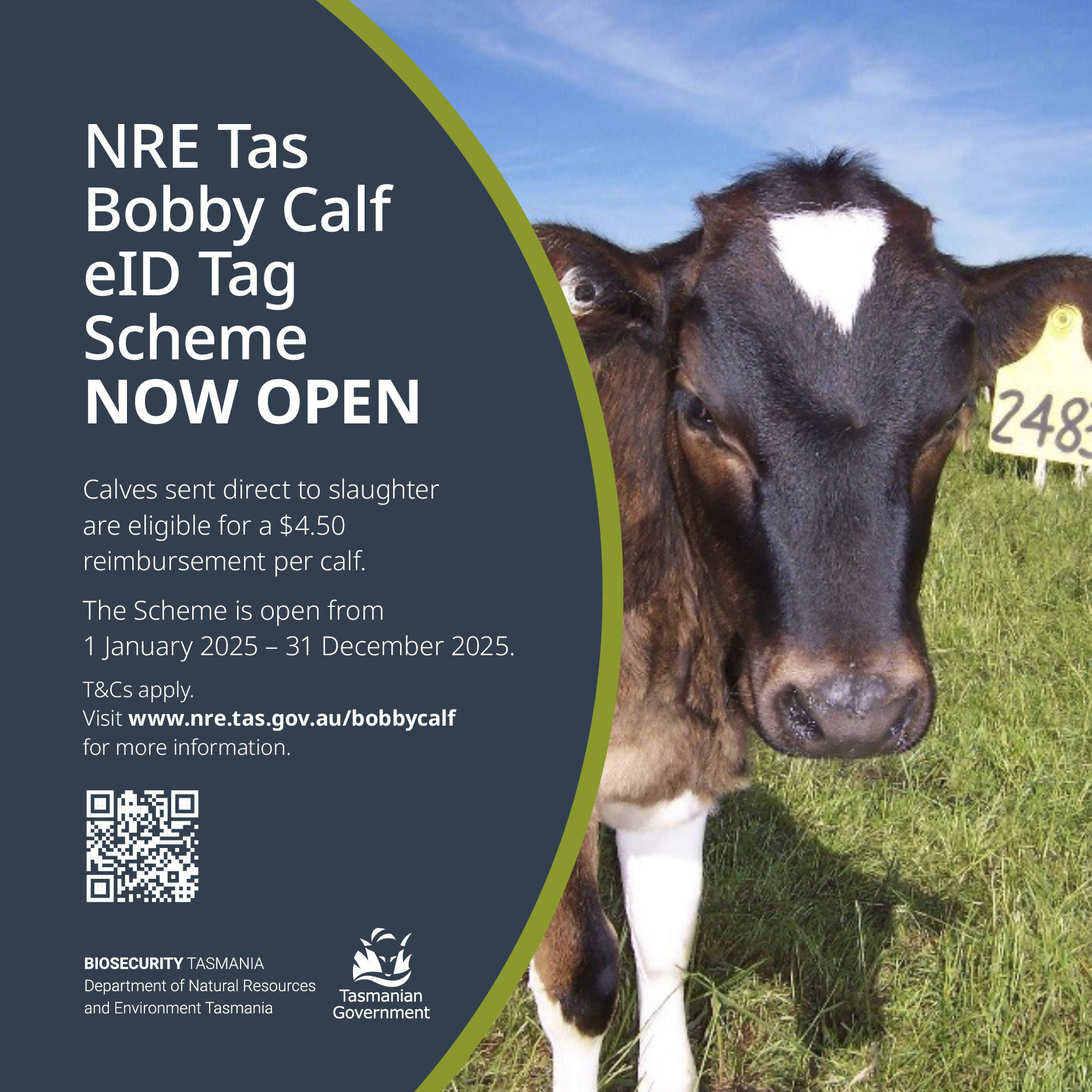Lyell Highway upgrade details announced
The Federal and Tasmanian Governments have announced new details about the $100 million upgrade of the Lyell Highway between the Bridgewater Bridge and New Norfolk.
This details were announced Catherine King, Federal Minister for Infrastructure and Transport, along with Tasmanians, Senator Catryna Bilyk, along with Brian Mitchell, the Federal Member for Lyons and Guy Barnett, Tasmanian Member for Lyons.
Here’s what they said.
Current Cost:
The Tasmanian Government committed $20 million during the March state election and the Australian Government committed $80 million in the 2024-25 Federal Budget.
Project:
The work is expected to add lanes, as well as widen and realign parts of the highway with the goal of improving safety and making travel times more predictable.
The state government also wants to see higher capacity and the improved resilience of the highway. Motorists will see new safety barriers, better road signage and guideposts.
Considerations:
Among core issues in widening the highway corridor is existing infrastructure, particularly TasWater’s Hobart-bound West Derwent pipeline, which runs through the hillside above the existing highway.
On the other, the Derwent’s fluctuating shoreline and marshlands mark another road-building parameter.
The length of this section of the Lyell furnishes multiple entrances to private property, in addition to significant commercial operations as wineries. There are also sites of historic significance, including the twin lime kilns at the waterside.
Contractors:
The Tasmanian government has contracted Aecom Australia to do the preparatory work. Victoria-based Aecom is an engineering, consulting and project management company with some 30 years’ experience.
It’s already working on a progressive improvement of the entire length of the Lyell, from Granton to Strahan. The Queenstown to Strahan section has been completed at a cost of $19 million.
Traffic Numbers:
Minister Barnett notes about 10,500 vehicles travel between Granton and New Norfolk daily, which is an increase of 25 per cent over the past 10 years.
That reflects increasing numbers heading to the West Coast, but also because New Norfolk itself is growing, with new residential developments attracting more people seeking reasonably priced housing within easy commuting distance of the city, he says.




Add new comment